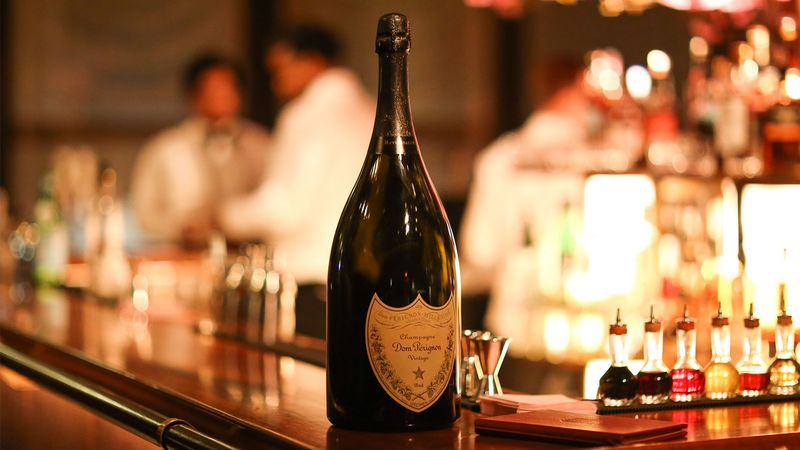THE JOURNAL

Photograph by Ms Angela Pham/BFA/REX/Shutterstock
There is always an excuse to drink champagne, if you invent one, but during the festive season, you may well find that you drink more than normal. If you’re lucky, you may also find a few bottles knocking around either given to you as a gift, or leftover from the Christmas soirée that you hosted.
But are you getting the most out of your fizz? Well, apparently not, according to Ms Francoise Peretti, spokeswoman of the Champagne Bureau – the promotional and educational arm of the Comité Champagne, which represents more than 300 champagne houses in Épernay, France. “From my experience, there are a number of things that we can do to really enhance the flavour and experience of champagne,” says Ms Peretti.
So here then are her top tips on how to savour champagne like a connoisseur.

Temperature
“Champagne is often served far too cold. The best temperature is 8-10ºC, which is around the same temperature as the cellar where the champagne producer would have first stored it. Any colder and you lose the flavour and aroma experience of champagne. Of course, we’ve all been there when our guests arrive and we want to get the champagne chilled as fast as possible. The best way to do this is to get a bucket and fill it with water and ice. This is quicker than if you just used ice because water transmits the cold faster. It takes about 30 mins. Definitely don’t leave your champagne in the fridge or even worse in the freezer.”
The correct glass
“The two most common types of glass are the coupe and flute. The coupe was very popular in the 1920s and so it reminds us of the jazz age, flappers and The Great Gatsby. It’s a very attractive glass, but its wide rim means that the aroma and effervescence dissipate quickly. The flute delivers a lot of effervescence, but the narrow rim means that you can’t appreciate the full complexity of the champagne’s aroma and flavour. Most connoisseurs use the tulip glass. The wider rim allows the champagne to come into contact with more of the nose and palette, rather than just going straight down the throat. The tulip shape enhances flavour while also retaining effervescence.”
Opening and pouring
“Take off the foil and twist the wire cage to loosen it to prevent the cork from going off. Bear in mind that the pressure of the cork is the same as a double-decker tyre, so you’ll need to keep a thumb on the cork. Then just twist the bottle, not the cork, and the pressure will do the work for you, and you will not spill any of the champagne. Hold onto the cork so that it does not fly off. You do not need to tilt the glass when you are serving champagne. It is not beer. Just fill several glasses up to a third, let the fizz settle and top up the rest up to two-thirds of the glass instead of all the way to the top, which is far more elegant.”
Pairing with food
“In the UK, champagne is usually drunk as an aperitif, which is fine, but it is a very versatile wine and would go well as a treat with the first course. Different types of champagne can be paired with different types of food. For instance, a blanc de blanc chardonnay is excellent with poultry, white meat and white fish, even sushi. Just keep the food simple, elegant, and don’t overdo it. A pinot meunier, which is made from black grapes, is an excellent pairing with spicy, aromatic dishes with strong flavours, like a curry. A demi-sec which is lighter and sweeter (but still fresh) is very interesting with chocolate and pudding. And one of my favourites is to drink rosé champagne with British cheeses made from sheep or goat’s milk. I like it with Ticklemore goat’s cheese or Berkswell.”